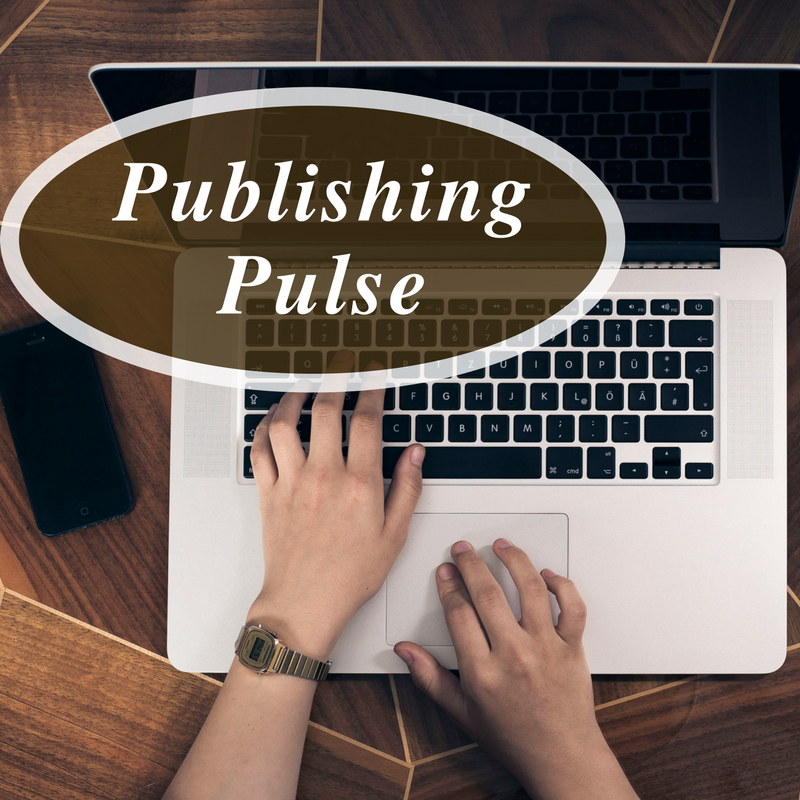
Writers Chat
Writers Chat Recap for March Part 1
Writers Chat, hosted by Johnnie Alexander, Brandy Brow, and Melissa Stroh is the show where we talk about all…
March 17, 2024
Writers Chat, hosted by Johnnie Alexander, Brandy Brow, and Melissa Stroh is the show where we talk about all…
March 17, 2024
The About Us page of your blog provides the possibility to compile and express all words of gratitude and…
September 21, 2022
Middle grade books are set apart from other genres by a few things. We’ve talked about these in other…
March 16, 2022
Why Does It Matter? If you’re serious about building a long-term career as a social media writer, building a…
February 18, 2022
If you are an author, a human being writing for other human beings, you have been blessed with a…
January 12, 2019
Today’s book publishing market can be a dangerous place, with a lot of scam artists spouting confusing terminology. I…
May 12, 2018